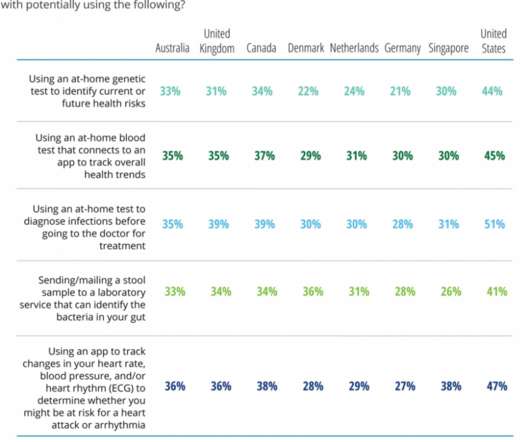What Do Tomorrow’s Doctors REALLY Think of mHealth Technology?
mHealth Insight
MARCH 7, 2018
Nathan Ratner, a third-year medical student at the University of Minnesota and third-place finisher in last year’s Elsevier Hackathon in Finland, talks to Eric Wicklund at mHealth Intelligence, about the promise of mobile health technology. mHealth Insight.

















Let's personalize your content